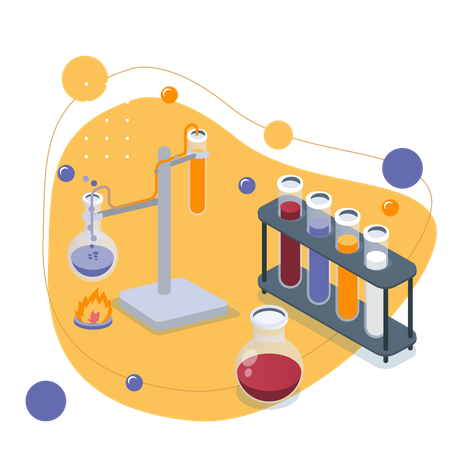Explaining Electrolysis (GCSE Chemistry)
Explaining Electrolysis
Electrolysis
Electrolytes
- Ionic compounds contain ions. When ionic compounds are melted or dissolved in water, the ions in the compound are free to move about in the liquid or solution. These ions can be positively charged or negatively charged.
- Ions are free to move around. The ions in a molten or aqueous ionic compound are free to move around. When ions move, they can conduct electricity, therefore creating a current.
- Electrolytes can conduct electricity. These molten and aqueous solutions are known as electrolytes. As we’ve just discussed, the electrolytes can conduct electricity.
The Process of Electrolysis
- Electrolysis splits up ionic compounds. By using direct electrical currents, we can split up ionic compounds into their positive and negative ions through the process of electrolysis. There are two electrodes, one positive and one negative. These will direct current through an electrolyte, which the substance being split.
- A current needs to pass through. In order to make to the electrolyte move, we must pass an electric current through it. This will cause the ions to move towards the electrodes.
- Electrodes are charged. When we perform electrolysis, we use two electrodes. One electrode is positively charged, which is called the anode. The other electrode is negatively charged, which is called the cathode.
- Electrolytes are attracted to the electrodes. Due to opposite charges attracting, any positive ions will move towards the cathode (since it is the negative electrode). Any negative ions will move towards the anode (since it is the positive electrode).
- Ions are reduced or oxidised. The positive ions will be reduced at the cathode, as they gain electrons. The negative ions will be oxidised at the anode, as they lose electrons.
- A flow of charge is created. The movement of ions through the electrolyte creates a flow of charge. Once the ions gain or lose electrons, they become uncharged. These uncharged elements then become discharged from the electrolyte.
Writing Half Equations
For exams, you need to be able to write half equations for the reactions occurring during electrolysis. Sometimes, you will be asked to write and balance half equations given in a question.
Practice Question: Write out the half equations for the electrolysis of lead (II) bromide.
1.Write out the balanced equation. In this instance, we need to write out a full balanced equation so we can identify the ions in our next step.
PbBr2 → Pb + Br2
2. Write out the half equation for the positive ion. In this instance, the positive ion is lead (as it is the metal ion).
Pb2+ + 2e– → Pb
3. Write out the half equation for the negative ion. In this instance, the negative ion is bromide (as it is the non-metal).
2Br– – 2e– → Br2
Electrolysis is a process in which an electric current is passed through a substance, causing it to break down into its component parts. This process is used in various industries, such as in the production of metals and the purification of chemicals.
Electrolysis works by passing an electric current through an electrolyte solution. The electric current causes the ions in the solution to move towards the electrodes, where they undergo chemical reactions that result in the release of either positively or negatively charged particles.
An electrolyte is a substance that conducts electricity by breaking down into its component ions when dissolved in water or another solvent. Examples of electrolytes include salt, vinegar, and battery acid.
The two main types of electrodes used in electrolysis are the anode and the cathode. The anode is the electrode where oxidation occurs, while the cathode is the electrode where reduction occurs.
Oxidation and reduction are two opposing chemical reactions that occur during electrolysis. Oxidation is the loss of electrons from an atom, while reduction is the gain of electrons by an atom. In electrolysis, oxidation occurs at the anode and reduction occurs at the cathode.
Some common uses of electrolysis include the production of metals such as aluminum, the purification of chemicals, and the electroplating of metals onto other objects to provide a protective coating.
Electroplating is a process in which a thin layer of metal is deposited onto another surface through the use of electrolysis. This is often used to provide a protective coating for objects or to improve their appearance.
An ion is a charged particle that forms when an atom gains or loses electrons. Ions play an important role in many chemical processes, including electrolysis.






Still got a question? Leave a comment
Leave a comment